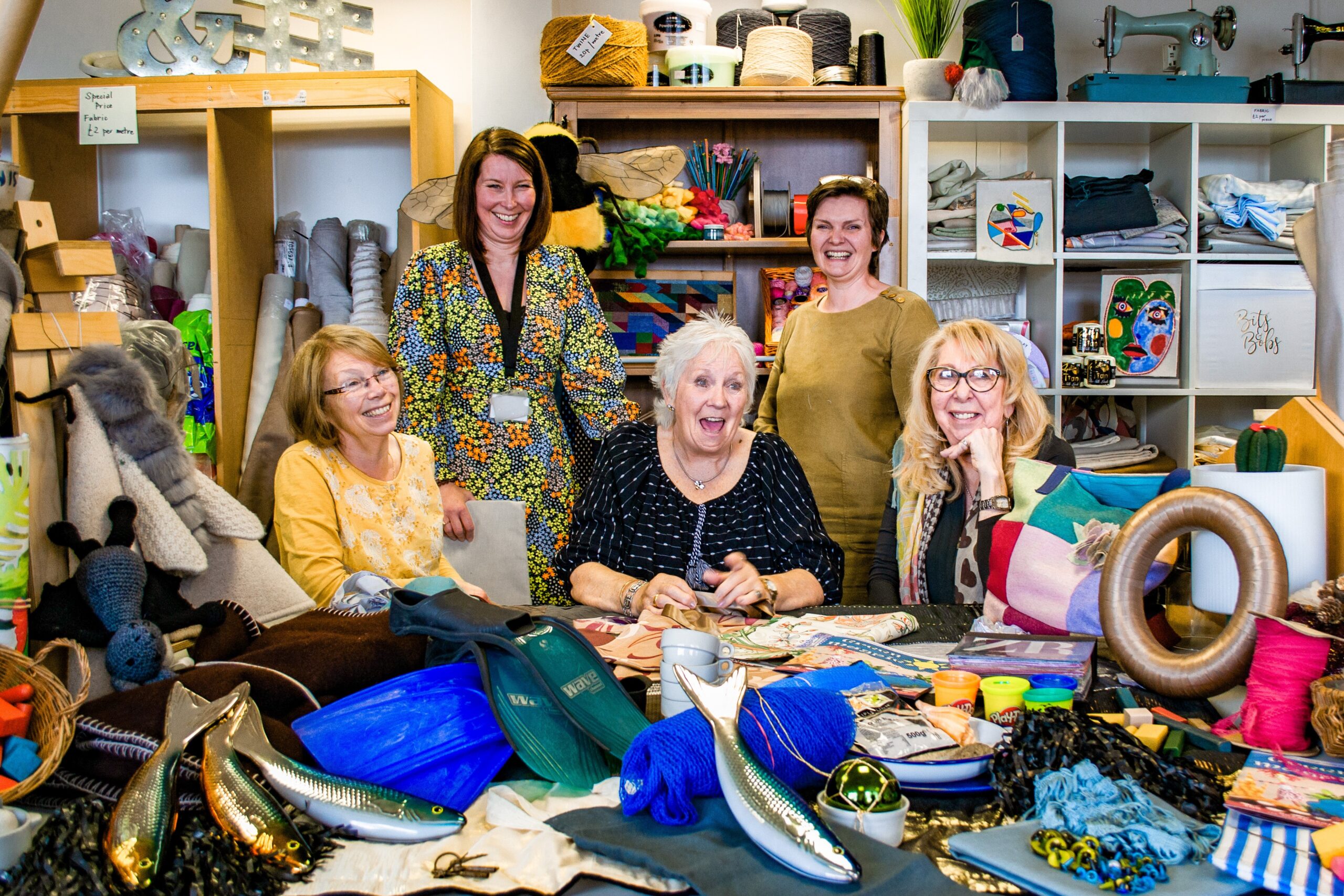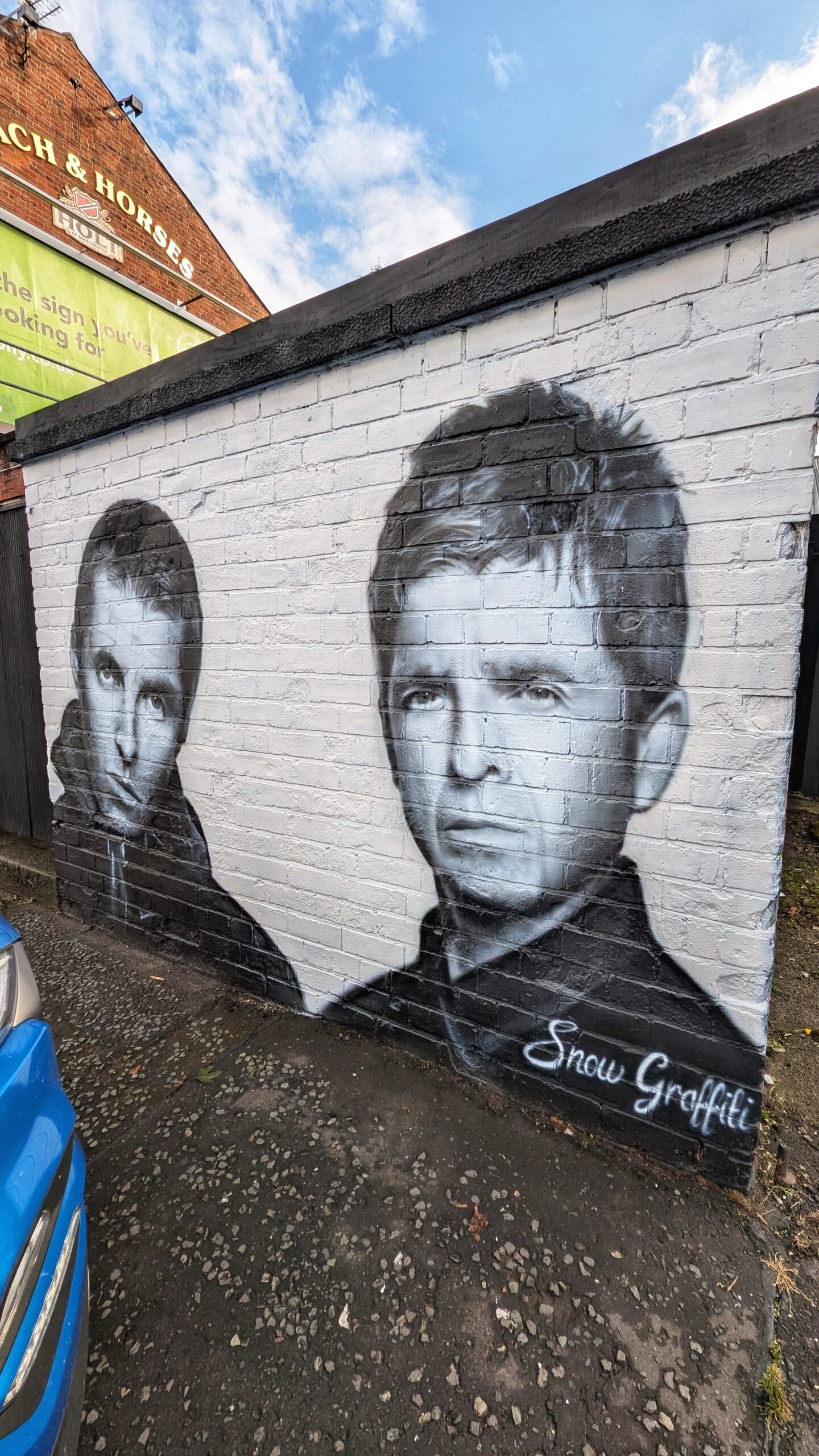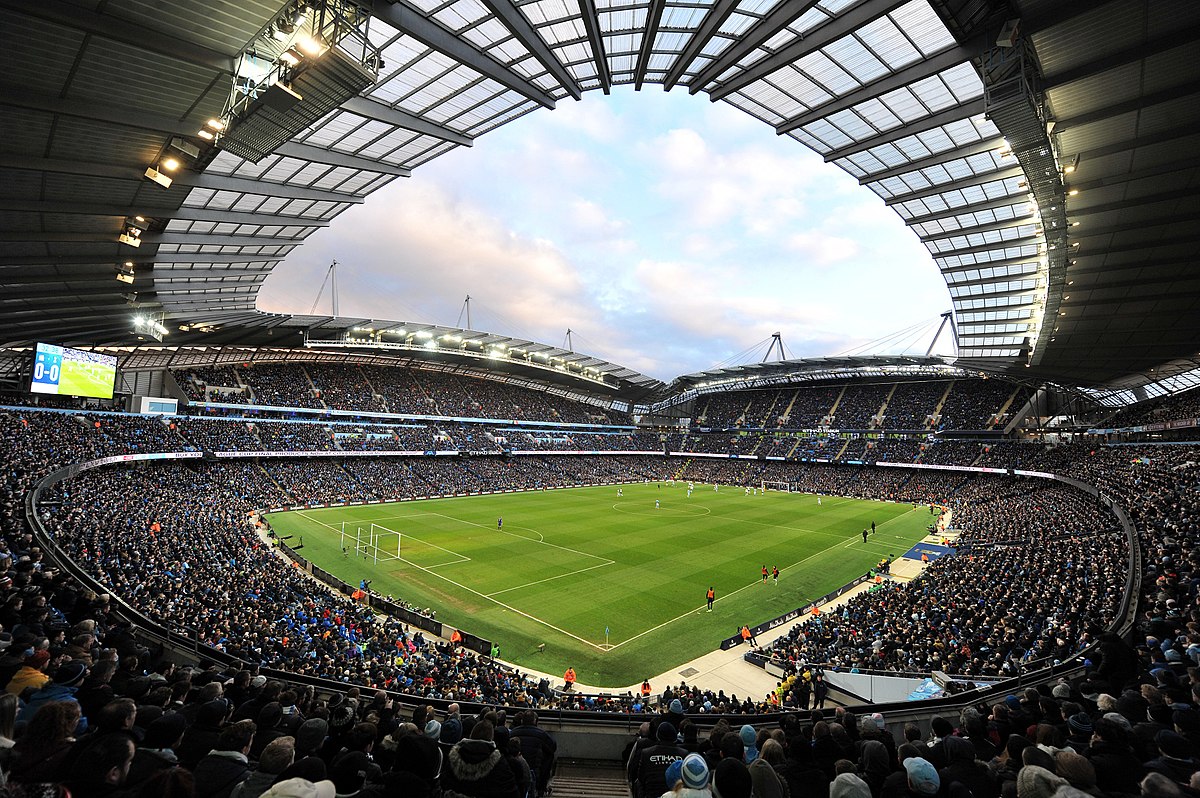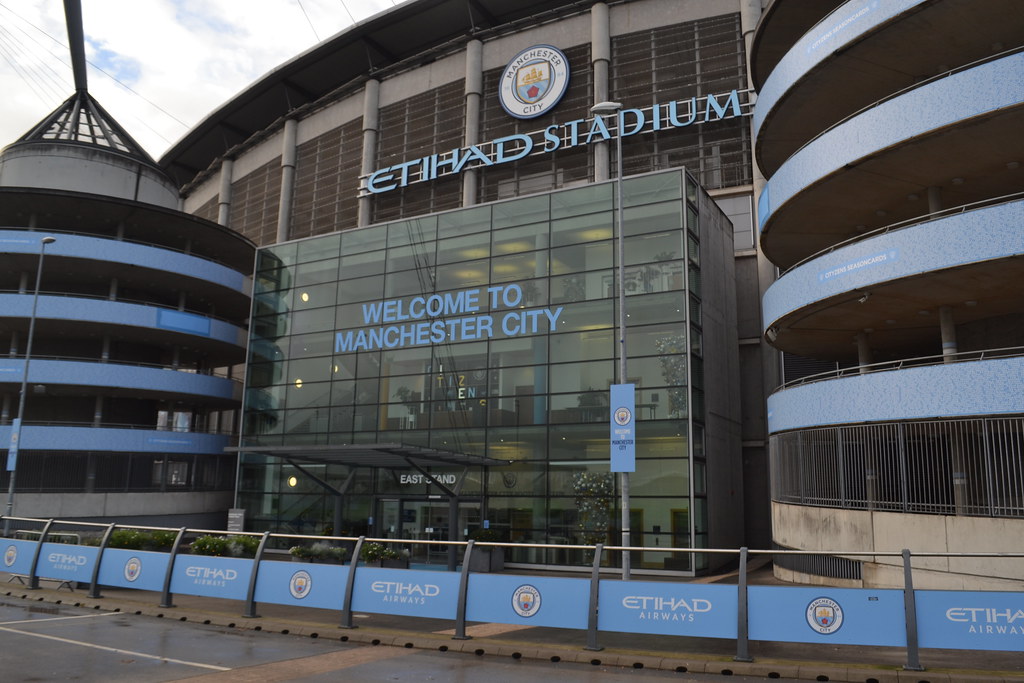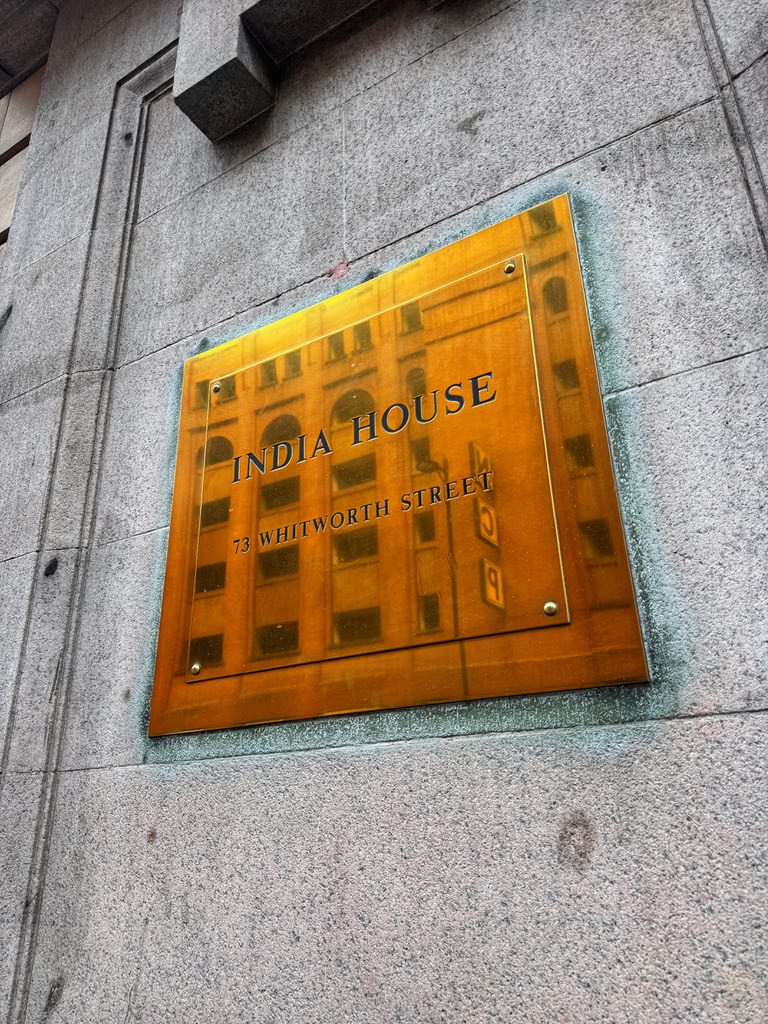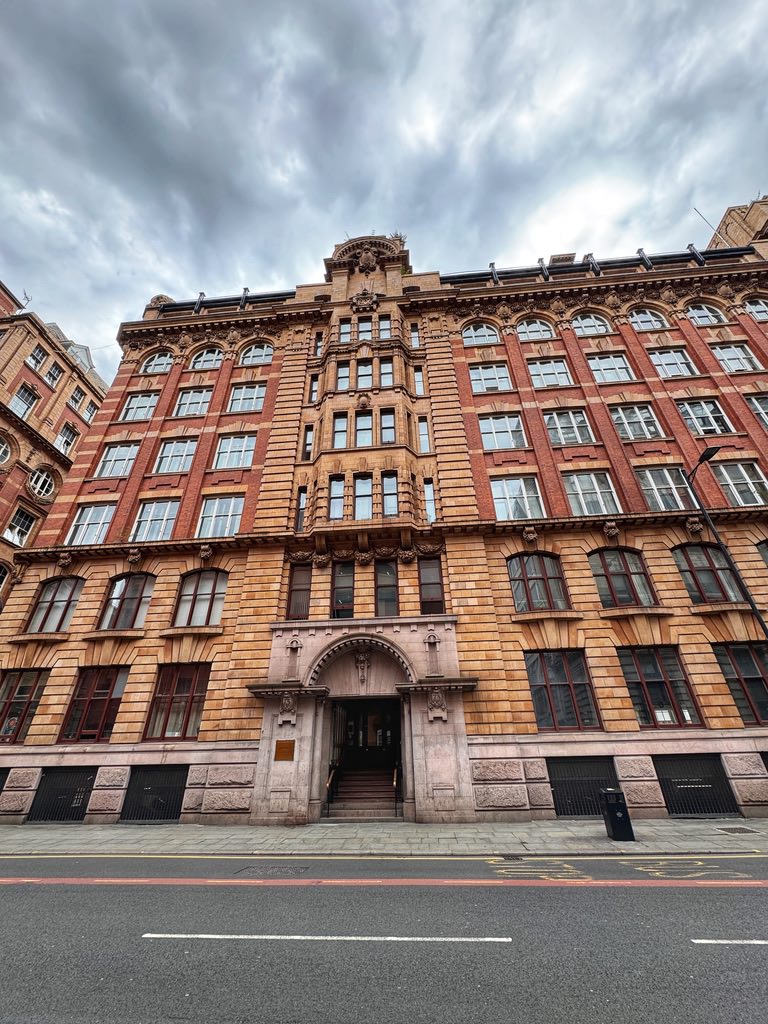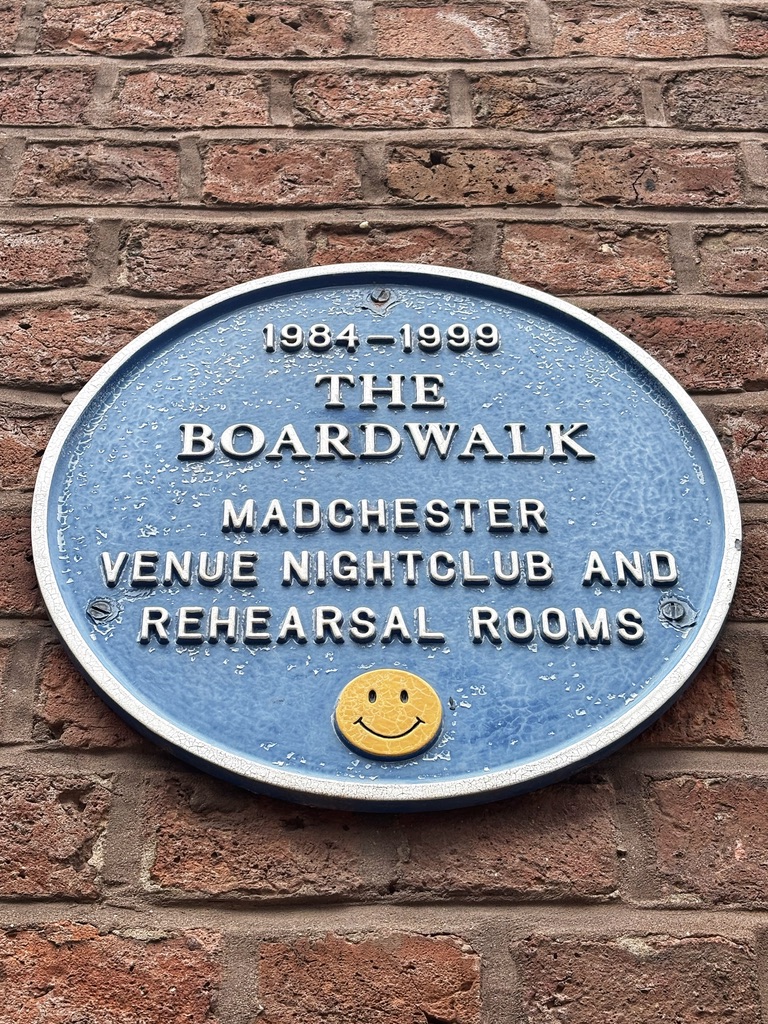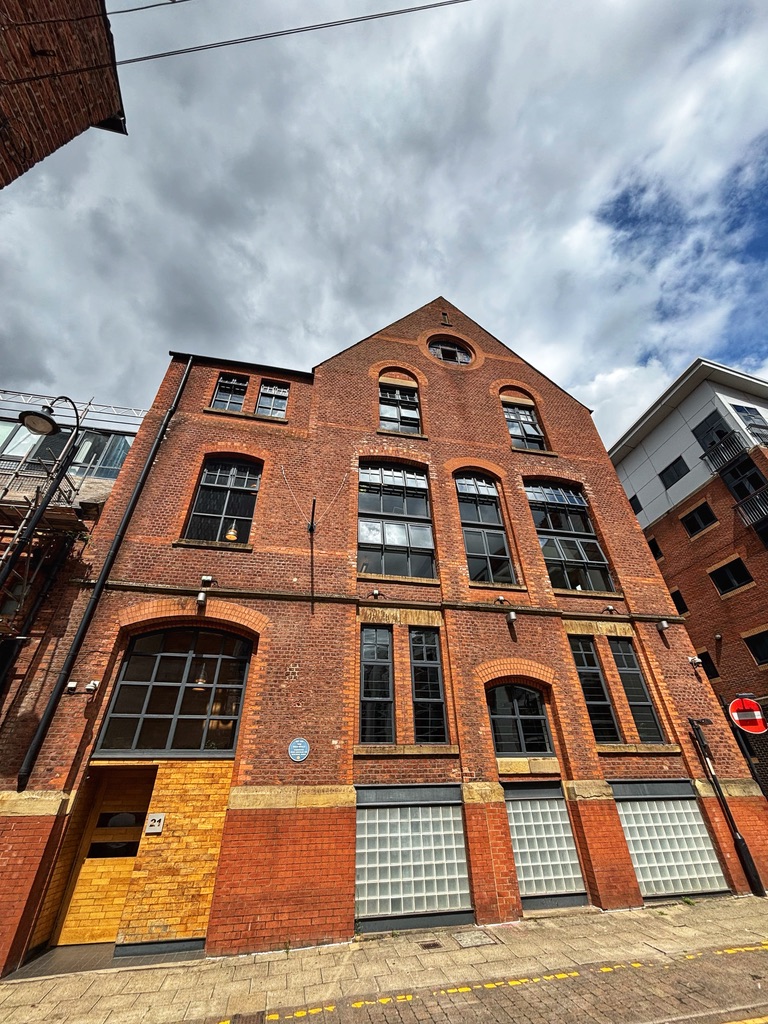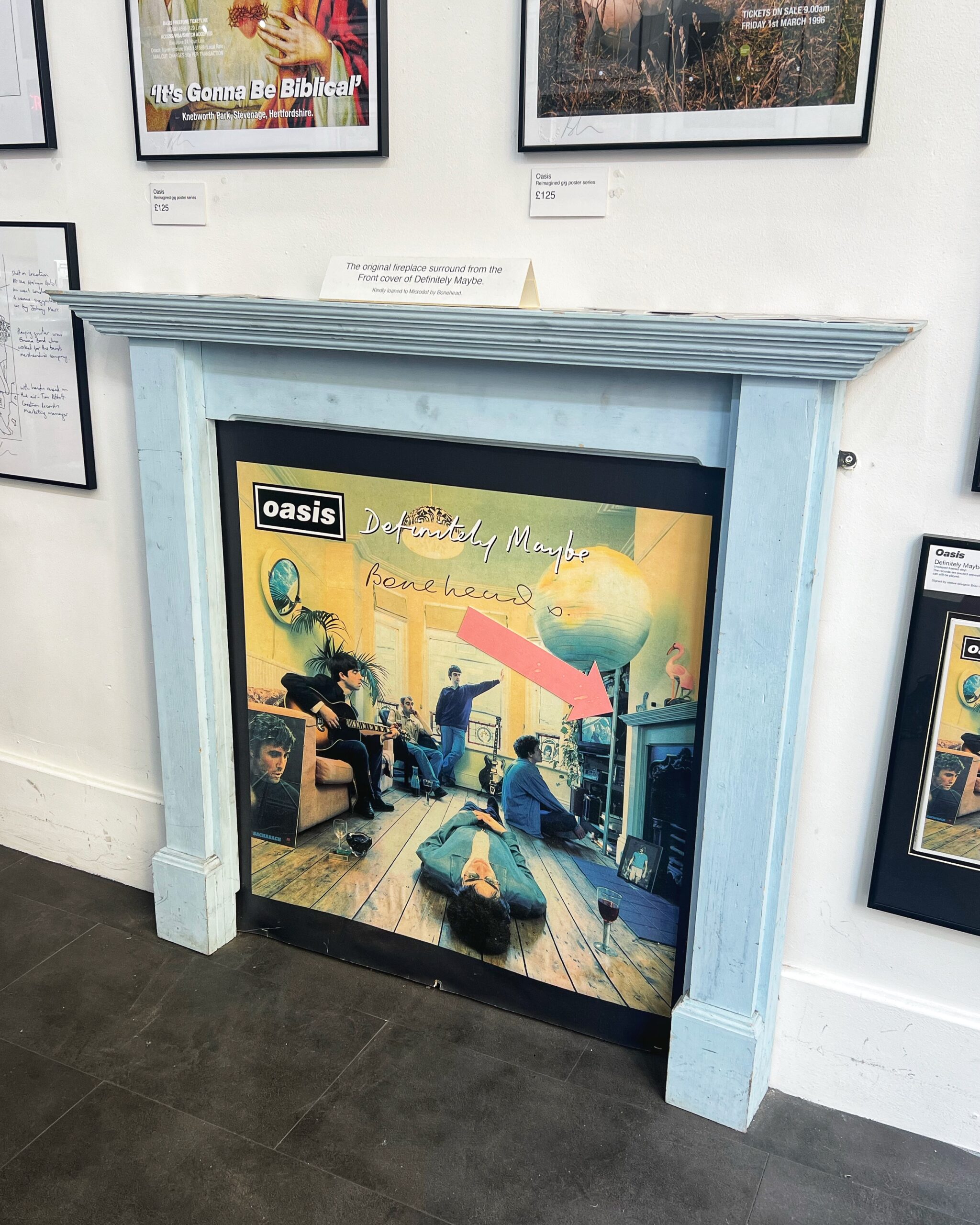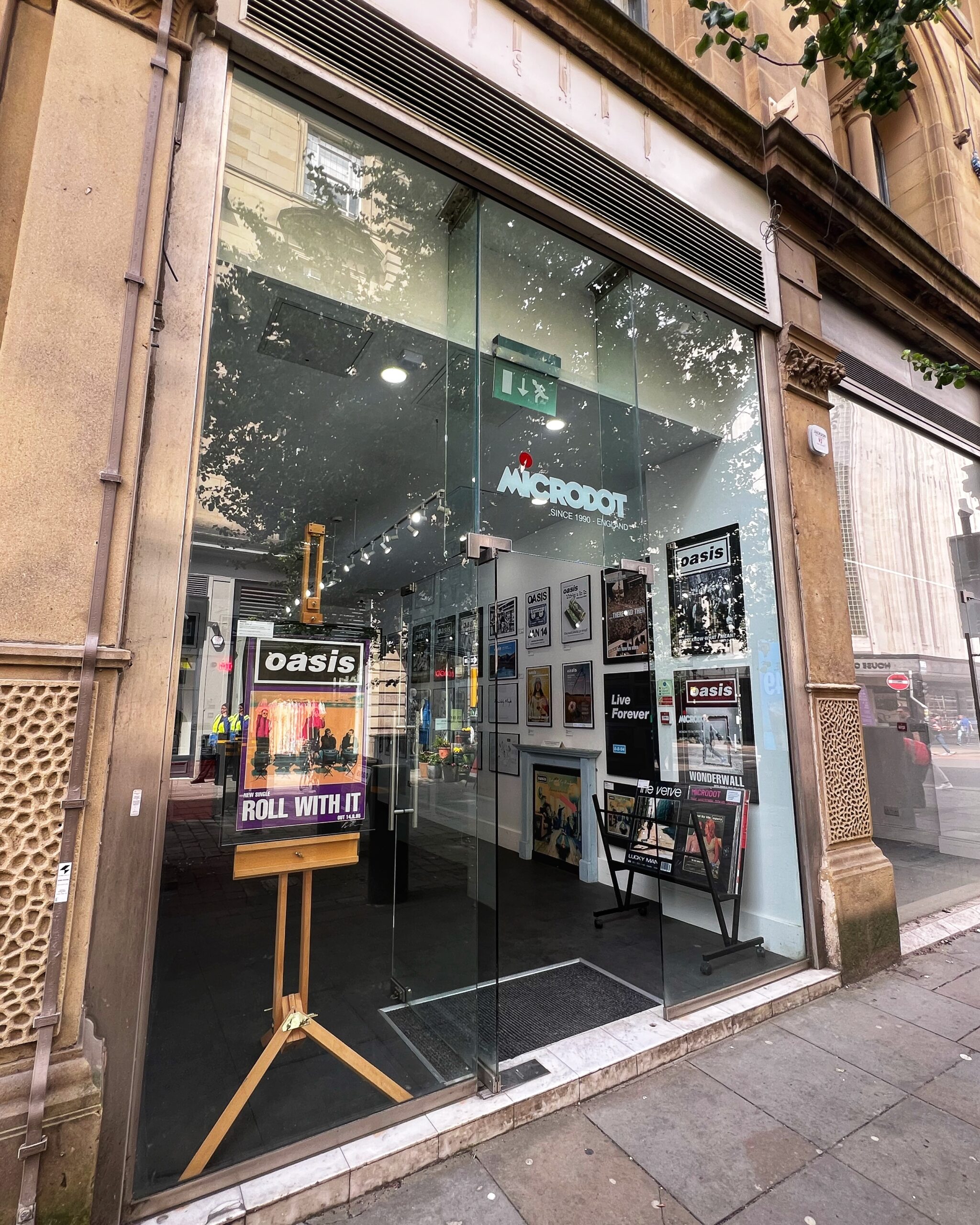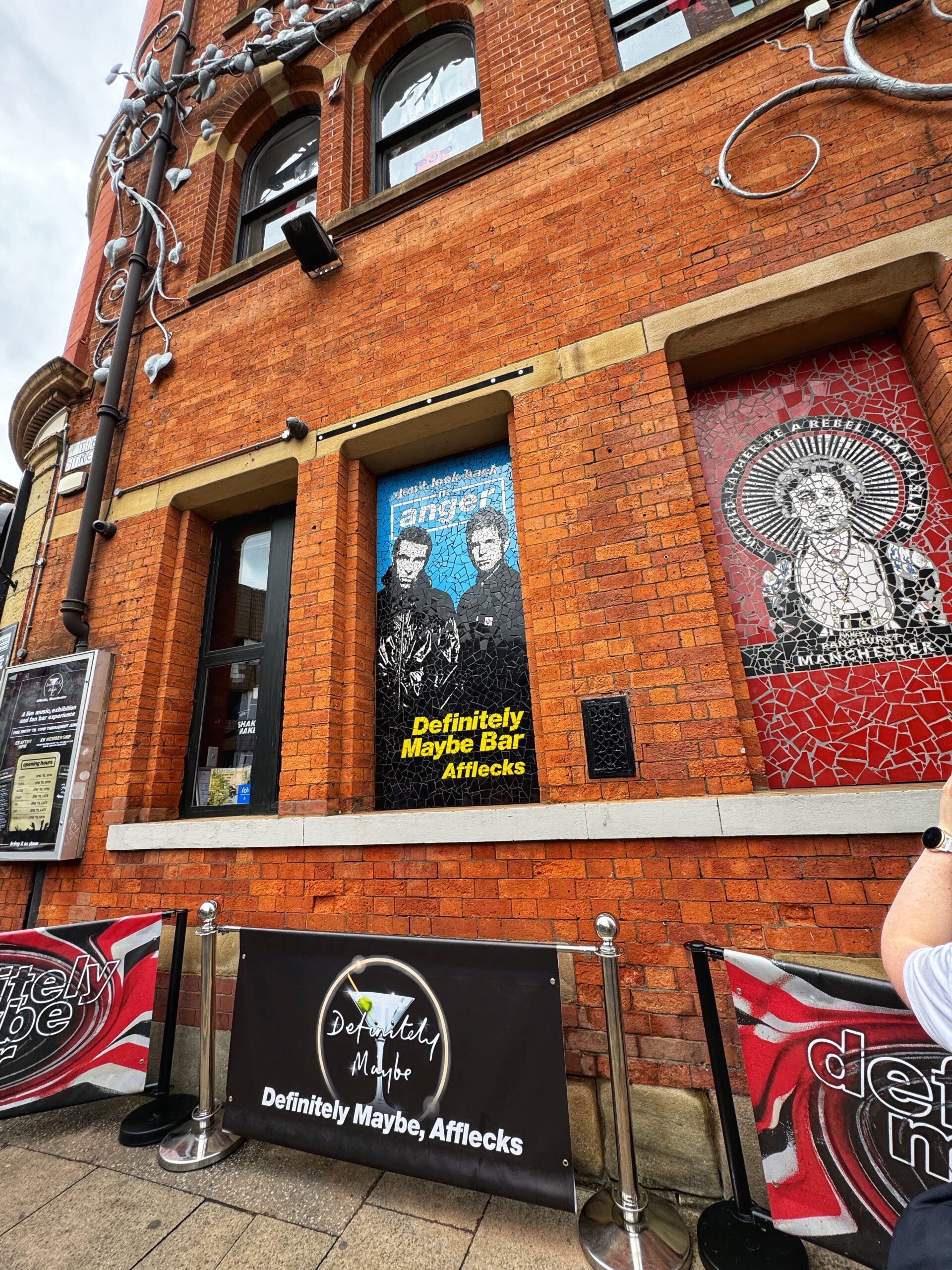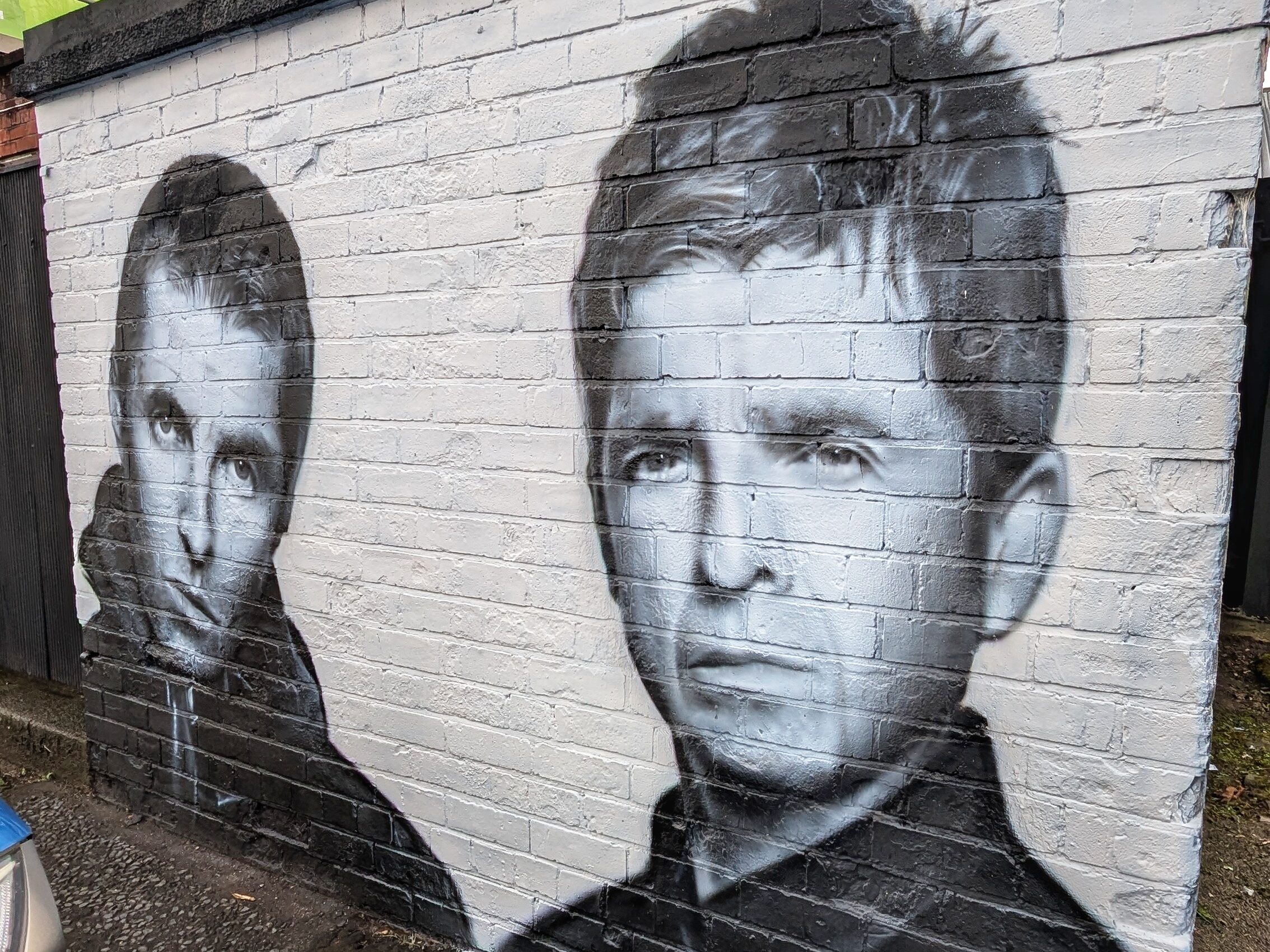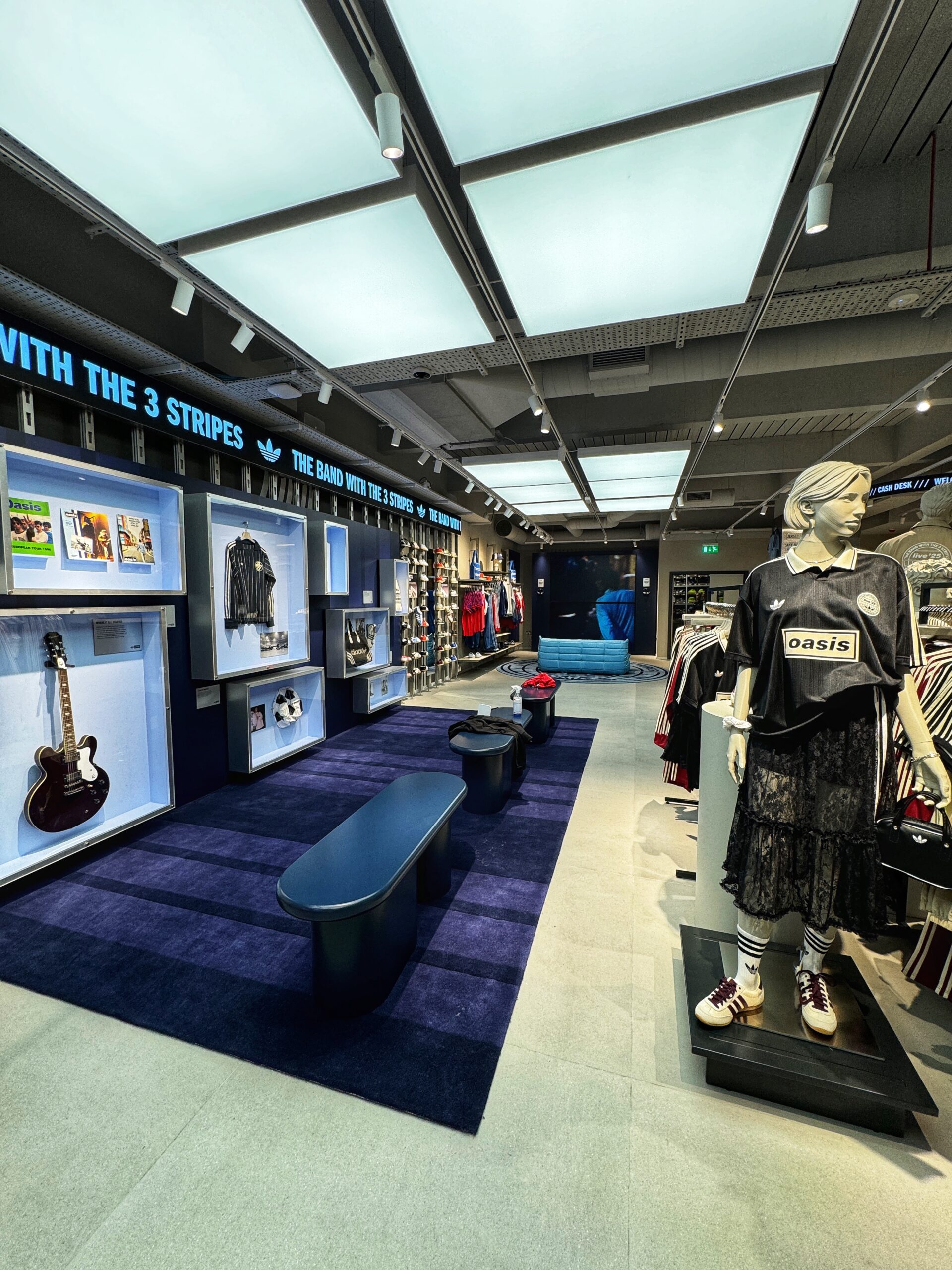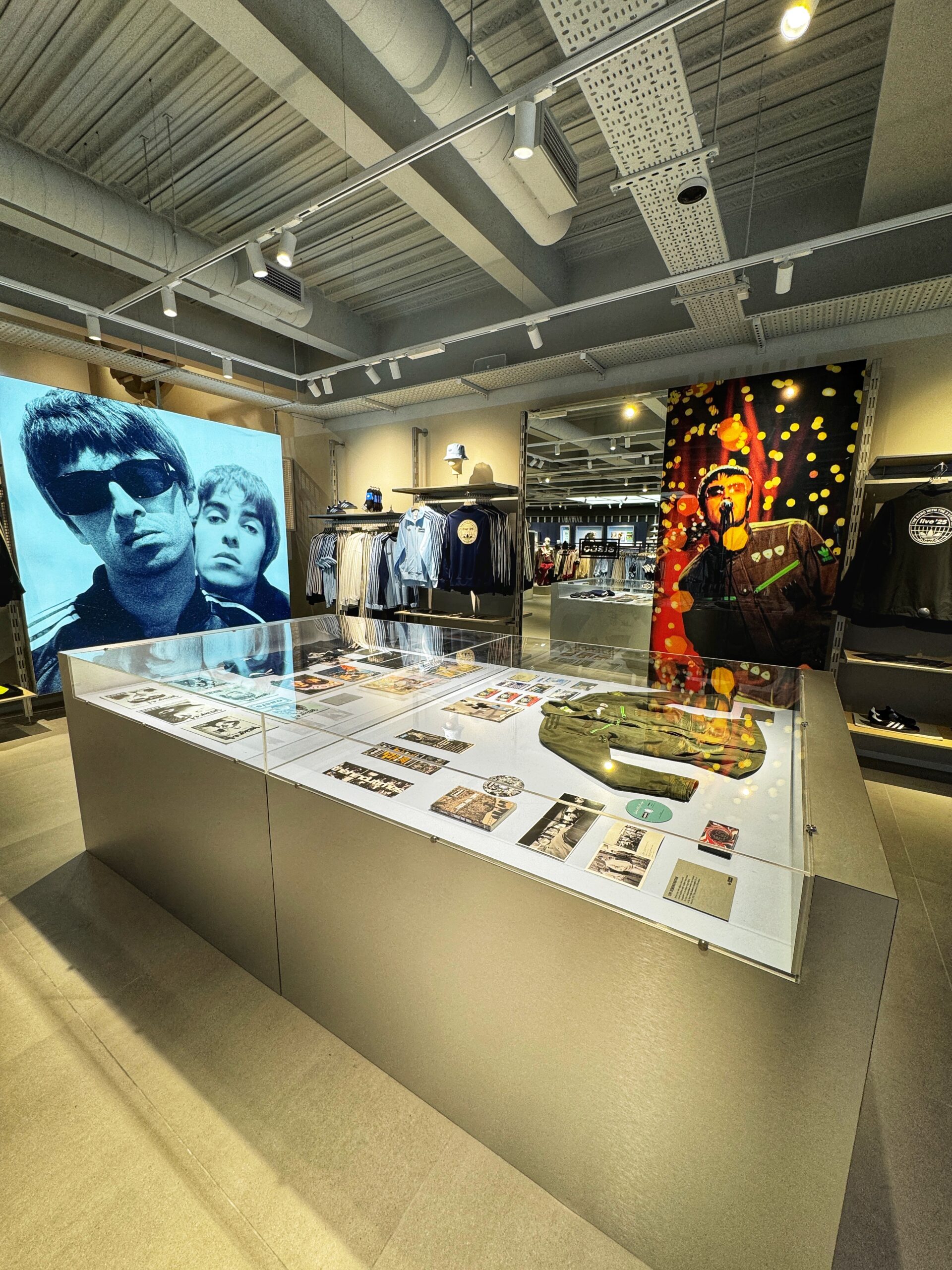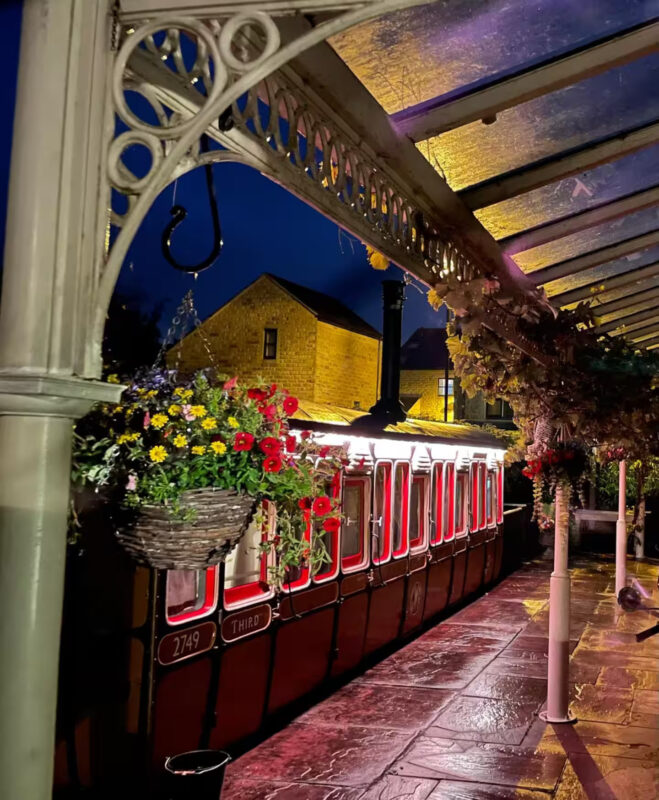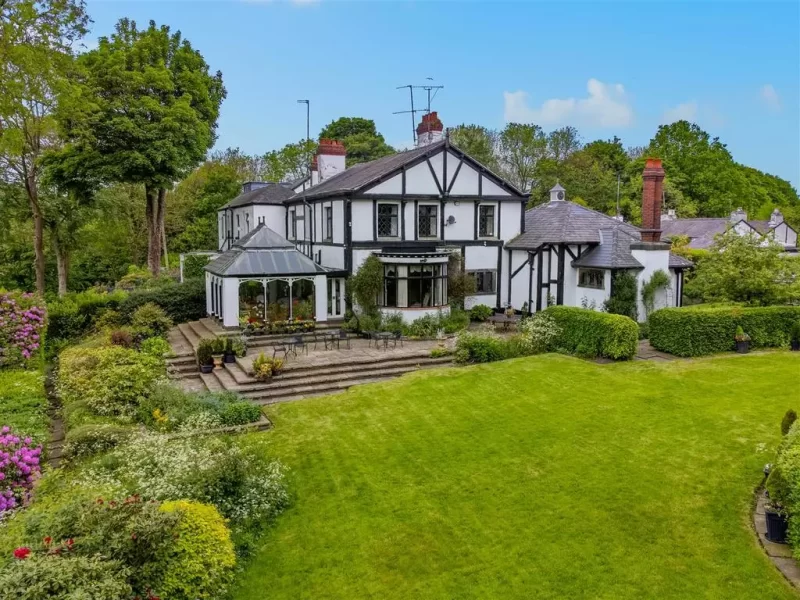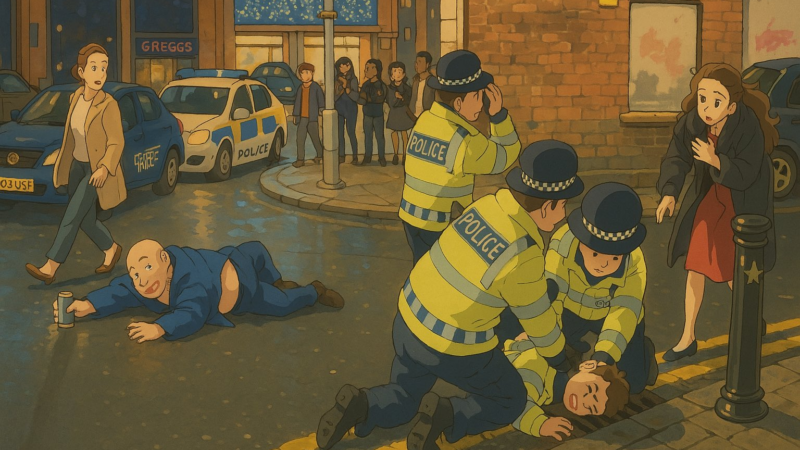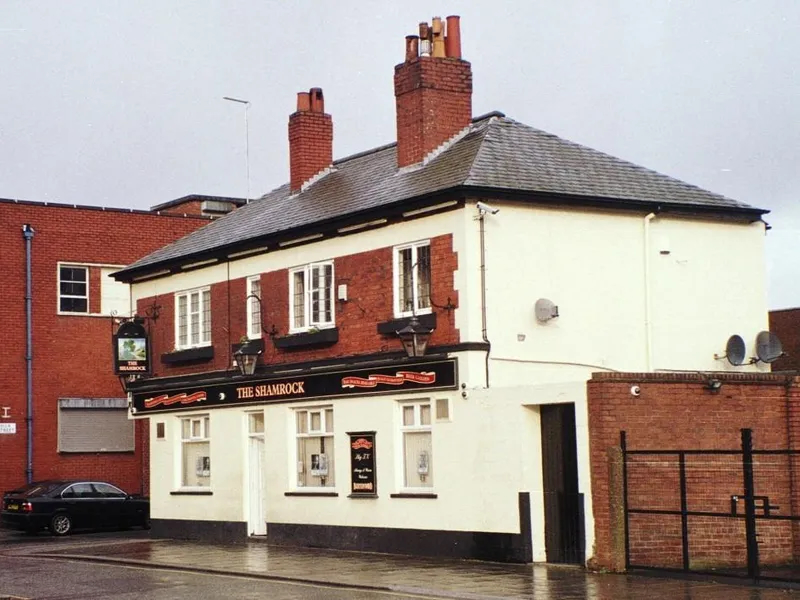Feature
The story of the first football team in Manchester: Hulme Athenaeum
The true tale of the first football team in Manchester remained hidden until six years ago.
The announcement that the Premier League would return on June 17 was greeted, by and large, with relish across the country.
Football’s cancellation left a void in our lives that we’ve been trying to fill ever since with podcasts, TV repeats, and, more recently, the Bundesliga.
But whilst the return of elite sport is a welcome one, clubs that sit further down the pyramid are still in panic.
Lower league football is finished for the foreseeable future, with the 2020/21 season still shrouded in uncertainty. It remains a very real and worrying possibility that COVID-19 may ultimately claim some clubs forever.
In the meantime, fans are finding solace in looking back through the footballing archives, distracting themselves with great chapters of history and origin stories.
In the case of every club, there’s so much to explore. Football found its feet in separate parts of the country in so many different ways – but the true tale of how the sport took off in Manchester remained hidden until six years ago.

Turton FC was, for many years, believed to be the oldest club in the Lancashire region – founded way back in 1871.
But when researchers Gary James and Dave Day elected to delve through the annals of local history in 2014, they discovered the region’s first association football team had been forgotten.
Eight years prior to Turton, there was Hulme Athenaeum.
The memories of Manchester’s original football club have been published in James/Day’s paper, The Emergence of an Association Football Culture in Manchester 1840–1884 – a document that ultimately rewrote football history (and has since been expanded upon in James’ superb book: The emergence of footballing cultures, Manchester 1840-1919).
Research shows that Hulme was one of the most impoverished local areas during the 19th century, with the neighbourhood described as being ‘sunk in filth.’
Sir William Thackeray Marriott – an ordained deacon and curate of St George’s Church and champion of working-class rights – helped to introduce sports to the poverty-stricken settlement in the 1850s, with the aim of giving residents an outlet.
This led to the opening of a clubhouse in 1860 – which was given the name ‘Hulme Athenaeum.’
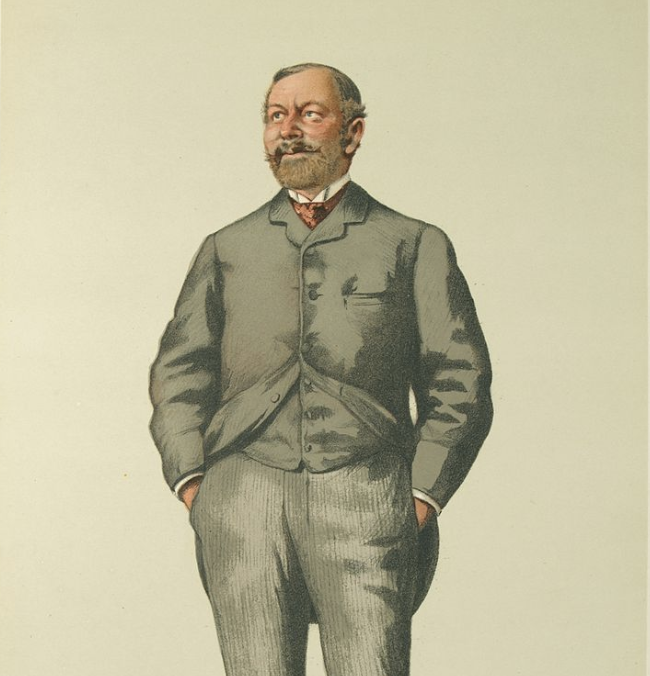
In 1863, members of the club began playing an ‘elementary association game’, before eventually introducing dribbling and passing.
Football was far from prevalent in the North-West at the time and was a new activity for some of the players – several of whom seemingly joined the club purely to take advantage of the clubhouse facilities.
According to James & Day: “Gas rental collector James Warrington, an early captain of the football club during the 1860s, later admitted he joined ‘for the sake of the gymnasium’.”
Membership was charged at one shilling, and with fifty members in the ranks Hulme Athenaeum ended up developing into an organised, ambitious football club – producing consistently updated records.
Evidence shows they played fixtures every Saturday over the course of five consecutive seasons, competing against the likes of Sale and, a little further afield, Garrick – a team in Sheffield.
With football still in its infancy, rules weren’t exactly concrete, meaning clubs would have to adapt to different regulations when they visited another area; similar to the way you might begrudgingly play along to friends’ Monopoly laws when you’re in their home over the holidays.
One match report from Hulme and Garrick, for example, states that “Sheffield rules” were used.
Gary James
After 1873, the name Hulme Athenaeum vanished into the footballing wilderness, but James believes the club’s brief existence was crucial to the development of the game in the region.
He states: “Despite the failure to create a viable fixture list each season, the club did encourage individuals to adopt the game at a time when formal association football, if later chroniclers of the game are to be believed, did not exist in Lancashire.
“Moreover, the club deliberately engaged with lower middle class and working men within a densely populated area of the city.”
Some of the men that represented Hulme continued to play on after the team folded – signing for the second club founded in the city: Manchester Association.
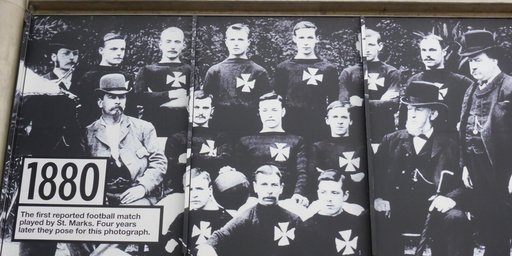
As word travelled and the game of football gathered momentum, people came to watch as well as play; leading to the birth of more local clubs in the 1880s such as West Gorton St Mark’s – who eventually turned into Manchester City (via Ardwick AFC) – and Newton Heath Lancashire & Yorkshire Railway: Who would become Manchester United.
Hulme Athenaeum wasn’t just the club that laid the groundwork for local football. It was also an organisation that proved the first people playing the game in Manchester were ordinary, working blokes.
“While football now might be thought of as a predominantly working class sport, typically football clubs in the 1860s were founded by public schools who also set the rules,” says James.
“The re-discovery of Hulme Athenaeum challenges that perception.”

